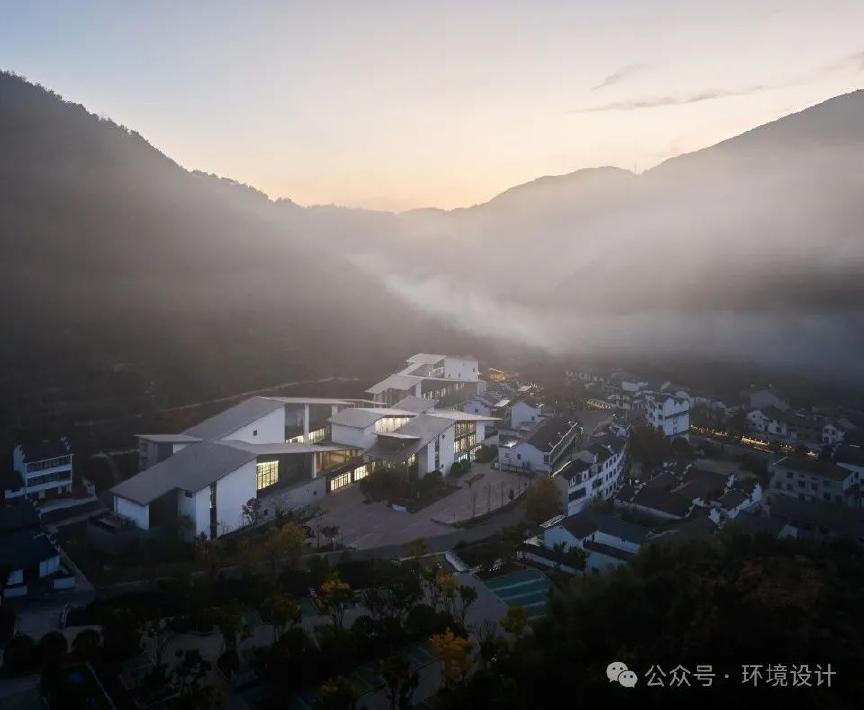The Si concept of American steel structure building system and technology trend is to divide the residential building into “skeleton” and “infill”
.
S covers all main structures, including beams, columns, floors and load-bearing walls, common equipment pipe network, etc.; I includes indoor equipment pipe network, interior decoration, non load-bearing external walls and household walls
.
The steel structure building system based on Si concept has the advantages of high industrialization, high building quality, flexible building layout, good resistance, livable residence and green environmental protection, so it is highly valued in the American construction industry
.
Steel structure is the main type of prefabricated buildings in the United States
.
The American Institute of steel construction (AISC) was established in 1921, which is responsible for the compilation of national design codes, standards and manuals for steel structures
.
Its latest steel structure code “aisc-lrfd99 standard” has guiding application in public buildings and high-rise buildings
.
The main forms of steel structure buildings promoted by “aisc-lrfd99 standard” are: (1) high rise steel structure buildings: it refers to more than 6 floors It is a structural system mainly composed of steel frame members connected or welded by section steel and steel plates, and then connected and welded
.
(2) Light steel structure building: mainly used in low and multi-storey residential buildings
.
(3) Steel concrete mixed structure building: it is mainly composed of concrete-filled steel tube, steel reinforced concrete, steel and concrete composite beam and profiled steel plate concrete composite floor
.
(4) Modular integrated steel structure building: emphasis on the fabricated structure, to the prefabricated structure (SPM) and interior decoration system (IDS) “SPM / IDS” integration direction
.
The following is a list of American light steel structural systems that can realize the Si concept
.
CTLs structure system American cold-formed thin-walled steel residential structure system (CTLs) is a light steel structure building system developed on the basis of 2 in
.
× 4 in
.
(50.8 mm × 101.6 mm) wood structure residential system
.
It mainly uses C-shaped cold-formed thin-walled steel with thickness of 0.55 ~ 2.00 mm as column, beam, support and other steel components, and forms a plate frame structure with structural plate
.
This kind of structure system is generally within 4 floors, and it can also be used for building You can build six to seven stories
.
The main characteristics of the light wood skeleton are basically reflected in the CTLs structure system
.
The cold-formed thin-walled steel skeleton also has many advantages that the light wood skeleton does not have, such as environmental protection, fire prevention, insect prevention, no splitting and so on
.
After 1990, all walks of life in the United States (government, construction, steel, manufacturing, consumers) worked together to rapidly promote the CTLs structure system, which made the housing industrialization and factory housing manufacturing technology have a rapid development
.
At present, the construction of light steel structure housing in the United States accounts for about 95% of the total new housing
.
The following introduces the application development and technical trend of CTLs structural system in the United States: (1) the main material standards of CTLs structural system: cold formed steel is mainly used for main load-bearing components such as frame, rigid frame, truss, grid, beam and column in residential buildings, as well as secondary load-bearing components such as purlin, wall beam, column, roof panel, wallboard, keel, doors and windows, and enclosure structure
.
Its members are generally made of Q235 steel or Q345 steel, and its thickness is about 0.45 ~ 2.50 mm
.
However, the thickness of various load-bearing members should not be less than 0.85 mm
.
Only when there is a reliable basis can the members with smaller thickness be selected
.
Steel with minimum thickness of 0.45mm can be used for non bearing members
.
When low carbon steel is used, its structural steel consumption is generally 30kg / m2
.
In other countries, due to the use of high strength steel with strength of 550MPa, the lowest steel consumption is about 10kg / m2
.
(2) Technical index of CTLs structure keel: according to American Standard, cold-formed thin-walled steel members are made of steel with yield strength of 230n / m2 and tensile strength of 310n / m2
.
The weight of double-sided galvanized steel sheet and strip used for processing cold-formed thin-walled steel: the weight of load-bearing steel members shall not be less than 185g / m2, that of non load-bearing steel members shall not be less than 125g / m2, and that of steel members in harsh environment shall not be less than 185g / m2
.
As a load-bearing keel, the thickness of galvanized steel sheet is generally 0.89 ~ 2.58mm
.
In American code, galvanized steel sheet is divided into more than ten grades according to thickness, ranging from 12 to 25 gage (2.58 to 0.46 mm)
.
Another weight index is g-40, g-60 and G-90 (converted to metric system, the zinc plating amount is 95 ~ 126G / m2, 157 ~ 189g / m2 and 252 ~ 283g / m2 respectively)
.
Among them, g-40 is used for non bearing wall parts (such as partition wall, ceiling, etc.), g-60 is used for ordinary bearing wall parts, and G-90 is used for coastal or subtropical areas
.
(3) Section advantages of CTLs structural material: after cold pressing, the section of CTLs structural material is flexible, the distribution of section material is reasonable, and its section characteristic coefficient such as moment of inertia and moment of resistance is relatively high
.
The U-shaped (ordinary groove) and C-shaped (crimped groove) cross sections used for the basic components of CTLs in the American construction industry are mainly U-shaped channel steel and C-shaped keel
.
The width of channel steel and keel can range from 60 to 305 mm
.
Generally, U-shaped section is set at the end of C-shaped section and used as non load-bearing components such as top beam, bottom beam or side beam
.
C-shaped section is generally used as load-bearing components of beam and column, and sometimes L-shaped section is used as angle steel connector or lintel
.
There are 8 common models of U-shaped section and 5 common models of C-shaped section
.
It can be seen that self tapping screws or ordinary iron nails are used for the connection between steel skeleton and structural plate or veneer plate and steel skeleton in design, manufacture and installation, so the structural installation is very convenient
.
Because the cold-formed steel mainly improves the bearing capacity of the component by optimizing the cross-section shape rather than increasing the material consumption, it is also known as the efficient profile with less steel consumption and higher utilization rate
.
(4) Development of CTLs structural system design specification: the organization responsible for the preparation of national design specifications, standards and manuals for CTLs structural system is the American Iron and Steel Institute (AISI)
.
In order to promote the application of CTLs structural system in various fields of civil engineering and construction, AISI has set up the specification Committee (scaiss) to prepare and revise the design specifications and organize the research
.
Over the years, due to the continuous development of cold-formed steel structure research in the United States, its design codes and standards are constantly revised and improved
.
Since the first edition of AISI cold-formed steel structure design code cdcsm-1946 was published in 1946, scaiss has made seven revisions and supplements
.
The latest edition is AISI cold-formed steel structure design code cdcsm-1996 published in 1996
.
Under the guidance of AISI, scaiss also published the AISI light steel structure design manual hdlss-1996, which has been revised and supplemented for nine times in 1996
.
Aisi’s “cdcsm-1996” and “hdlss-1996” are one of the most abundant and comprehensive codes in the design codes of cold-formed steel structures in the world
.
This edition of the code integrates the traditional allowable stress design method (ASD) and load resistance factor design method (LRFD) into one code.
.



